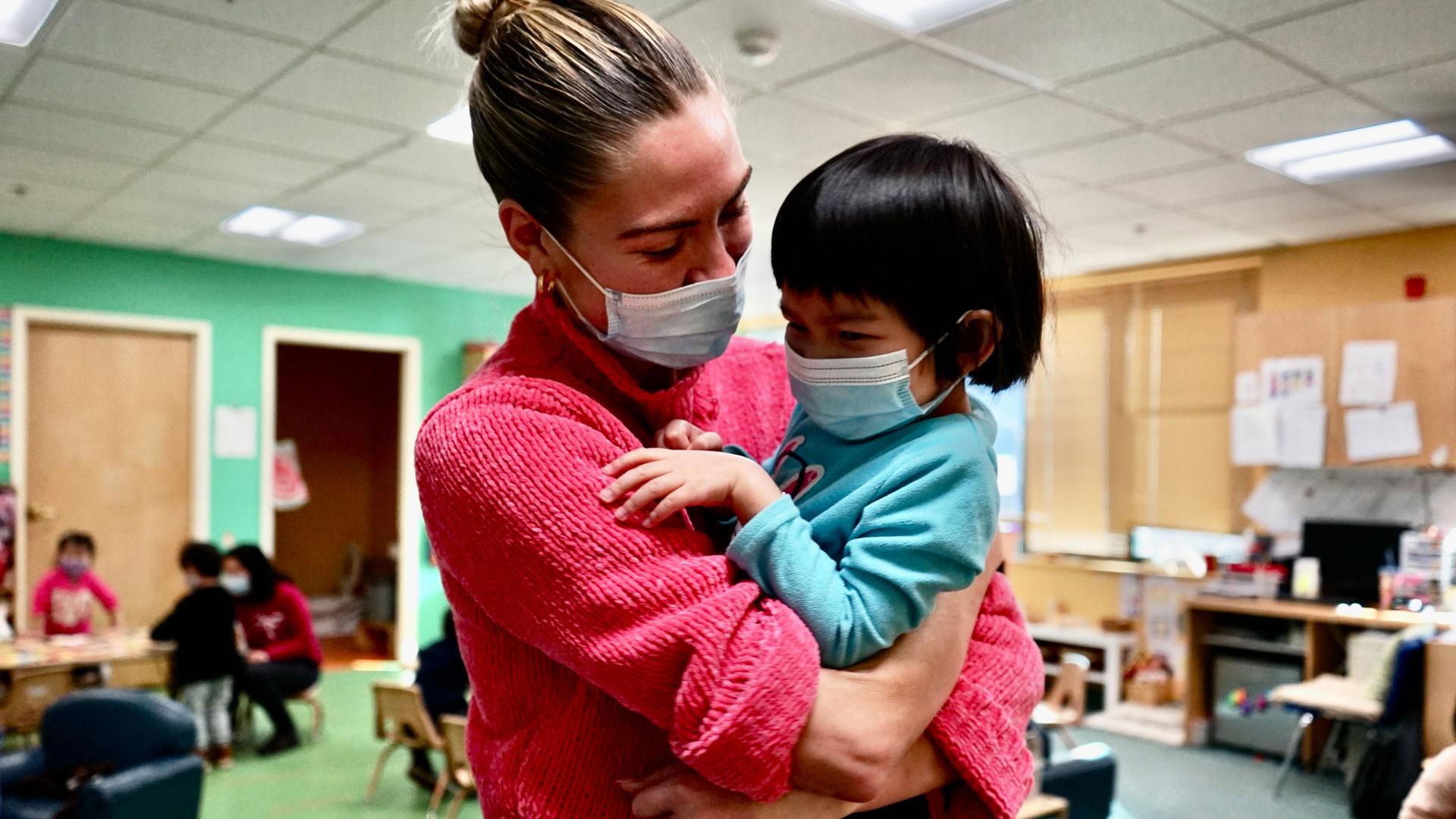In a preschool classroom in Boston’s Chinatown, kids at pint-sized, wooden tables solve puzzles and play with Legos while others crowd in front of a full-sized mirror, waving their fists in the air, pretending to be angry.
“How is this friend feeling?” preschool teacher Danielle Kelley asks the kids near the mirror.
“Frustrated,” answers a little girl in a fuzzy, bunny sweater. Then, she practices smelling flowers, blowing bubbles and taking deep breaths.
At the Acorn Center for Early Education and Care run by the Boston Chinatown Neighborhood Center (BCNC), a nonprofit that serves recent immigrant families in the area, students learn how to manage big feelings — especially pandemic-related ones — which they say families have recognized as a growing need.
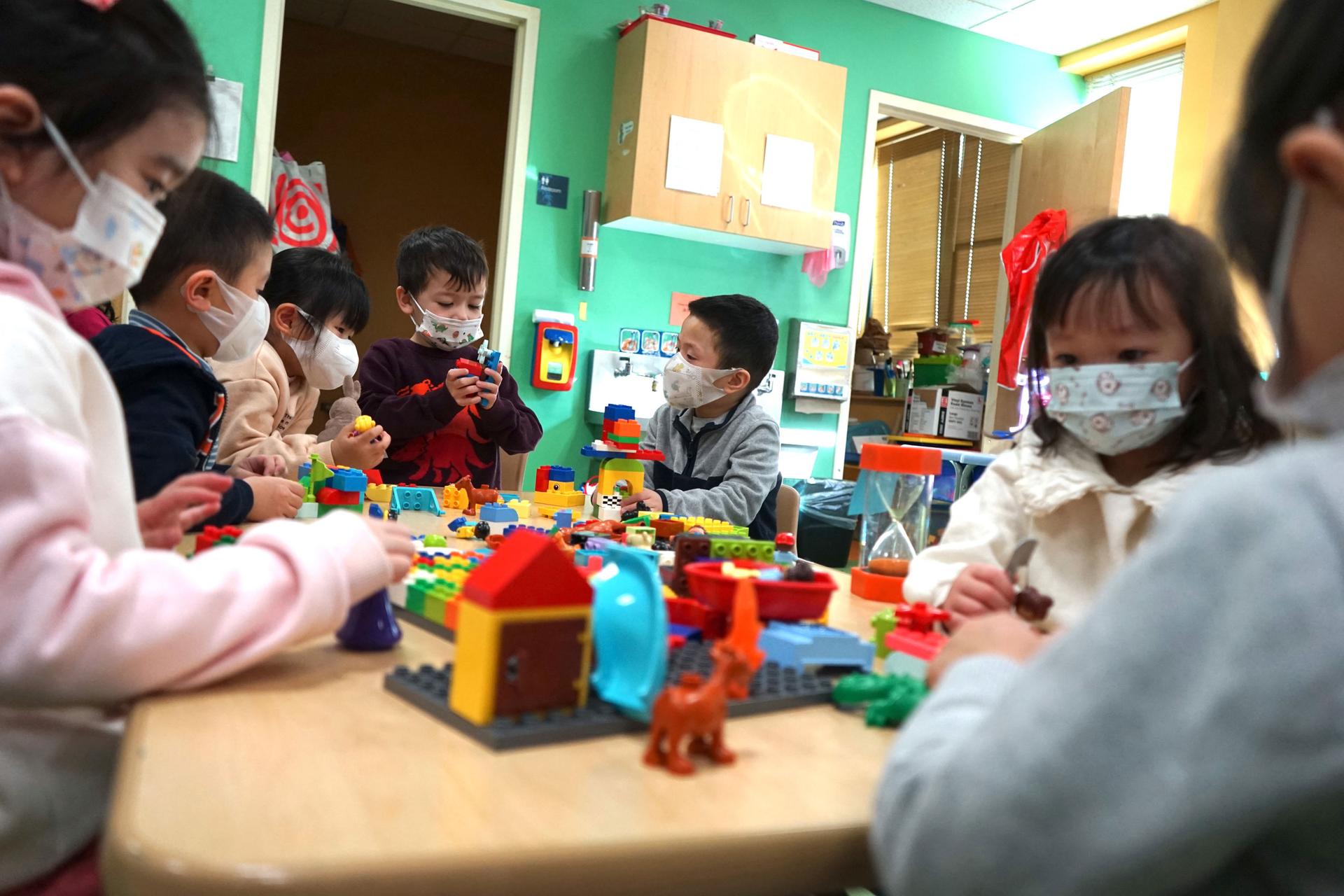
Grace Su, BCNC’s director of family services, said that during the peak of the pandemic, the center received four times the usual referral rate for mental health counseling.
“It could be a child or a youth who was experiencing some symptoms, like not being able to sleep, not being able to eat or feeling anxious about going out,” she said.
Some observers say the challenges stem, in part, from the fact that recent immigrants in Chinatowns across the US were particularly hard hit with anti-Asian sentiments that increased during the pandemic, with half of Asian Americans in the US reporting anxiety symptoms, according to the Stop AAPI Hate Coalition.
Online learning also left its mark, with children behind in their academic and social-emotional learning and in managing their mental health needs.
To help respond to kids’ needs, BCNC brings in social workers and psychologists from Boston Children’s Hospital to help train classroom teachers to better support their students’ abilities to express their feelings — especially COVID-19-related trauma.
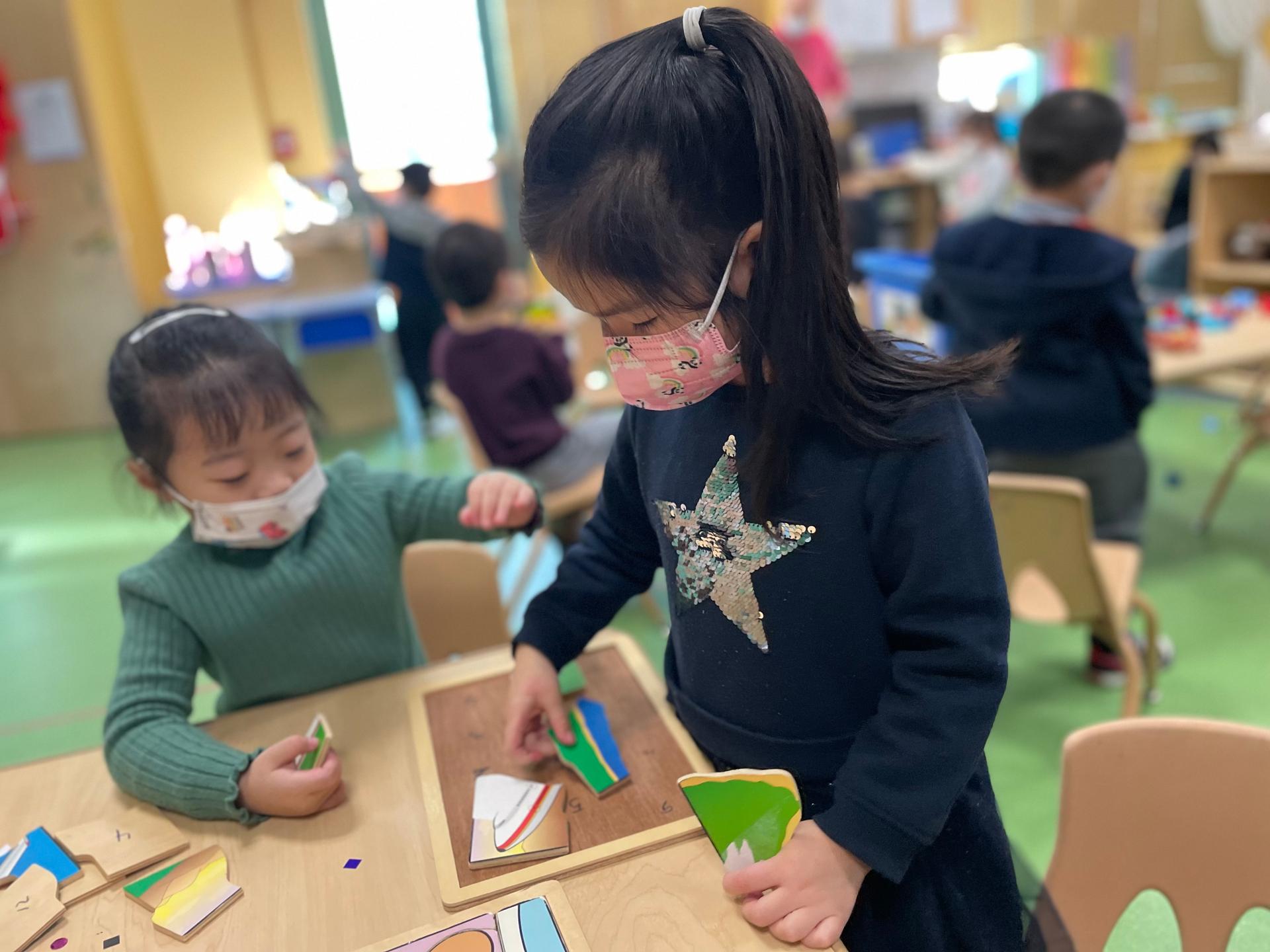
The partnership predates the pandemic, but BCNC’s chief program officer, Yoyo Yau, said the needs have become even more urgent.
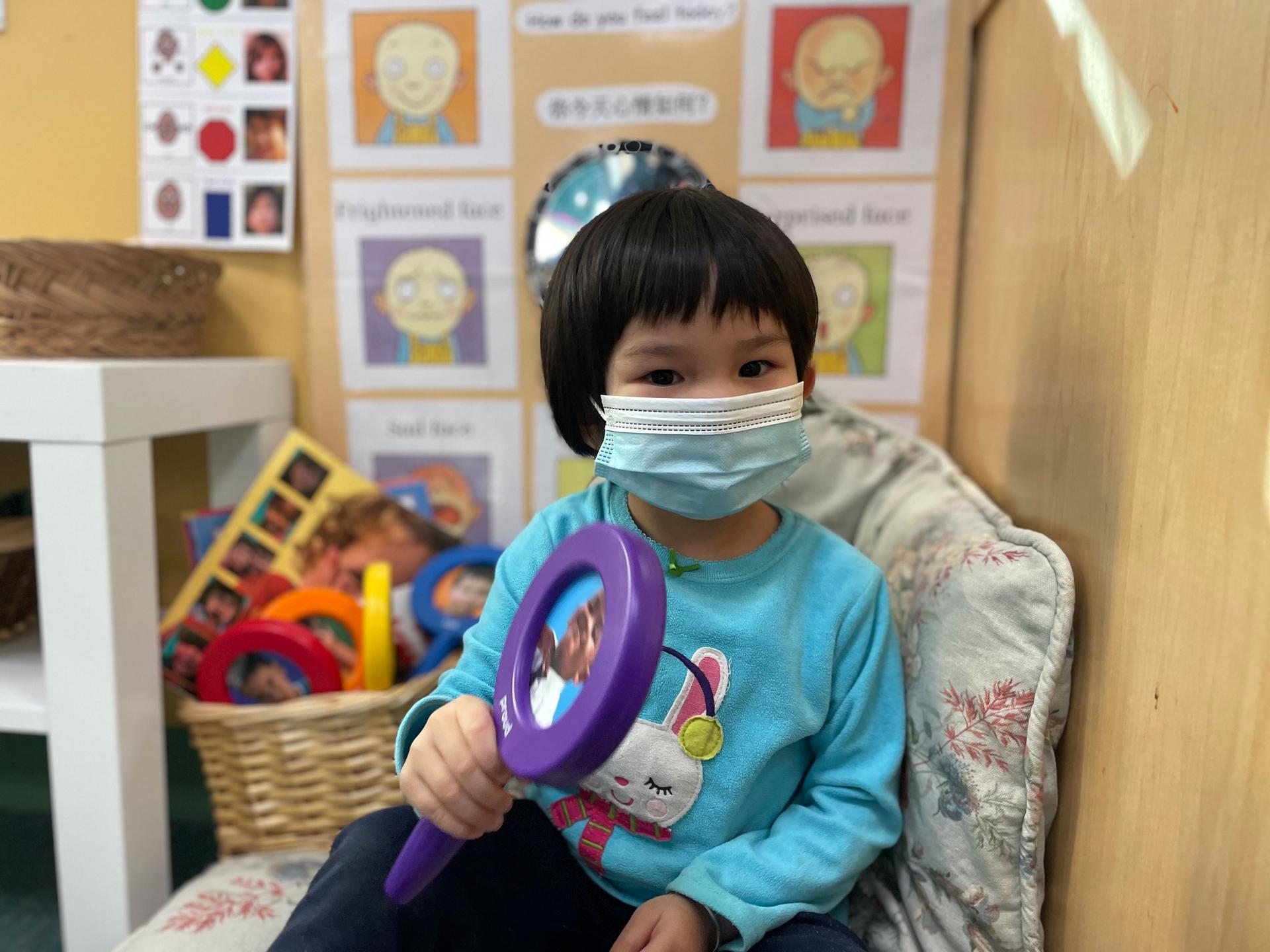
Space to navigate emotions
Acorn focuses on creating time and space for the children to learn to express themselves, identify and articulate their emotions and talk through challenges to find solutions, with a variety of visual aids and exercises for different kinds of learners.
In the classroom, there are three “quiet calming corners,” each one designed to help kids manage their emotions.
One corner hosts a beanbag chair and mirrors, with pictures of faces on a colorful chart in both English and Cantonese. The grid displays a range of emotions; kids try to match their own faces to the illustrations.
Staff say they focus on teaching about feelings that they might not typically talk about at home, like being angry or upset.
They also watch out for kids coming in with new fears, mood changes or feeling startled or getting scared easily. This, in addition to having physical symptoms like belly aches, nightmares, toileting regression and physical aggression.
“It helps children to name feelings so that they’re not overwhelmed by what they’re experiencing emotionally,” Su said.
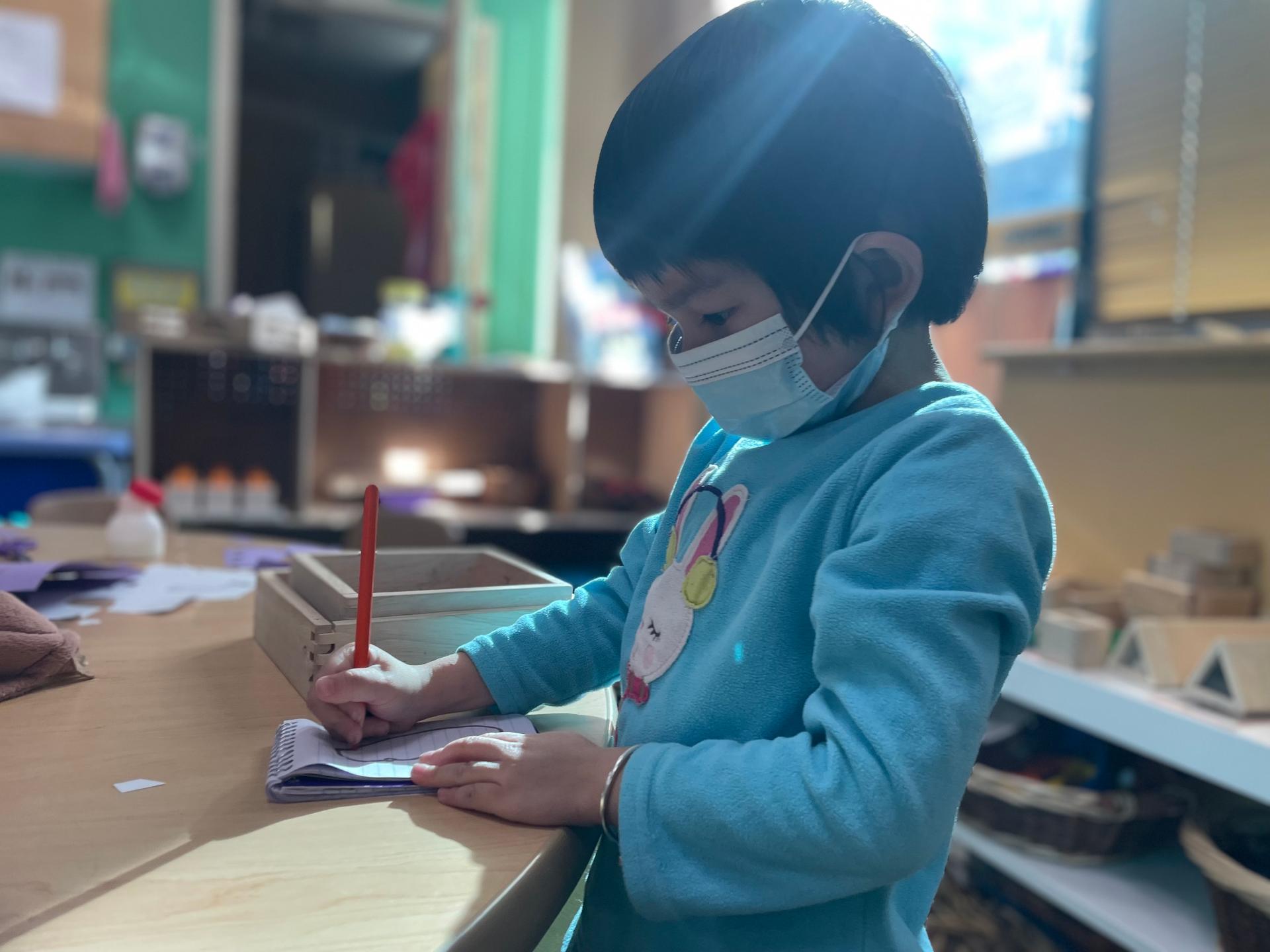
These preschoolers are known as “pandemic babies,” born during the peak of the COVID-19 pandemic, many into stressful situations, according to BCNC’s chief program officer, Yau.
Some parents lost jobs. Grandparents feared being attacked on neighborhood streets. Siblings were bullied online as anti-Asian rhetoric increased. The stress led to conflict in the families, which the kids saw and felt daily.
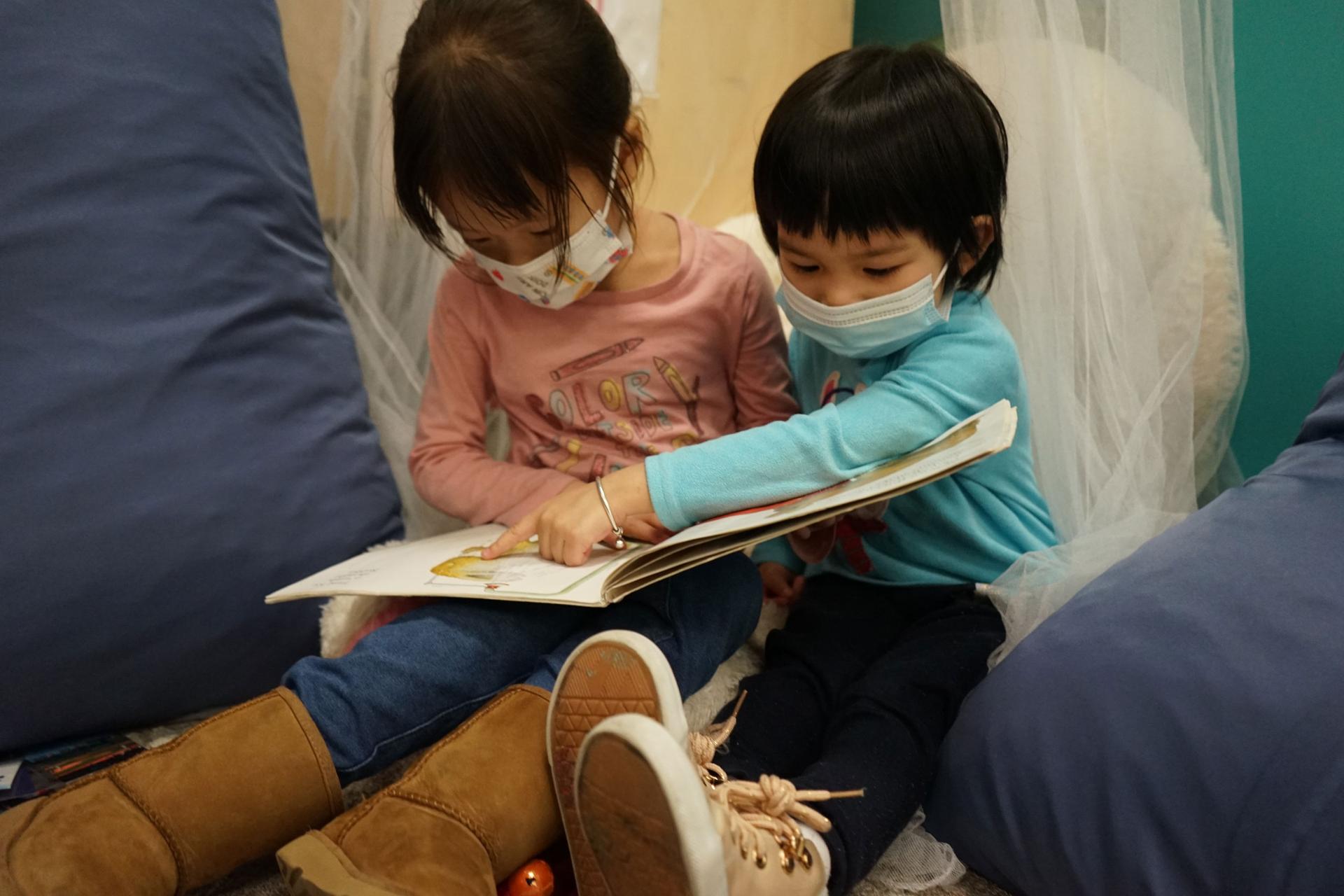
Preschool teacher Kelley opened a spiral notepad, full of drawings and scribbles in pencil — a kind of preschooler’s version of journaling.
It’s a specific notebook that kids choose in the calming corner to express bottled up emotions.
“It only works for some of the children,” she emphasized, holding the notebook and pointing to an entry: “So, this is when one of the children was writing that they felt stressed, confused, angry. This would be angry.”
Across the classroom, near the library and toy cars, there’s the fix-it station — it’s the corner for conflict resolution, where kids are sent in groups by teachers when they fight or disagree.
The teacher helps them with conversation prompts like: “When you said that, this is how it made me feel.”
Kids choose a solution from a stack of laminated cards. Some options include: Ask with polite words. Find a teacher to help. Set the timer, so you know when your turn is up.
“A lot of them choose the timer. That’s a big hit in our classroom, is going to get the timer,” Kelley said.
Teachers take note of who comes here a lot. They also observe who’s not using the calming corners, who is doing their best to get everything right, to never make mistakes, because, they say, they’ve learned that for some Asian immigrant kids, sometimes the ones who are doing well at school are the ones whose families are struggling at home.
They’re trying hard to compensate, so their parents, who are under a lot of stress, will have one less thing to worry about, Yau said.
“Having excellent grades at school does not mean [there are] no problems at home,”she said. “I hope service providers, educators [and] school counselors do not underestimate Asian immigrant kids’ mental health struggles.”
Yau said she suggests that educators pay more attention to whether a student is quieter than usual, complains about not feeling well or is feeling a lot of pressure to do well at school. Also, if a child’s pickup or dropoff person has changed, something at home might have changed, too.
Supporting kids with developmental needs
The preschool program is just one part of what the BCNC does to help families.
Through additional one-on-one sessions and workshops, they teach parents that it’s OK for kids to express negative feelings at home and that it doesn’t mean their children are acting out.
They also teach parents that naming feelings is the first step toward learning how to manage them. Su said that it’s a type of parenting that they might not have grown up with themselves.
It means “leading the parents to reflect back on their childhood experiences, their relationship with their parents growing up, messages that they received as a child and how that has [an] impact on their children, now that they’re parents,” Su said.
Staff also check in with parents about their families’ needs outside of school, such as job training, English language lessons or counseling. And BCNC supports parents whose kids have additional developmental needs.
Like Shenying’s 5-year old son Caden, who attended the Acorn preschool. Shenying’s full name isn’t being used to protect the family’s privacy.
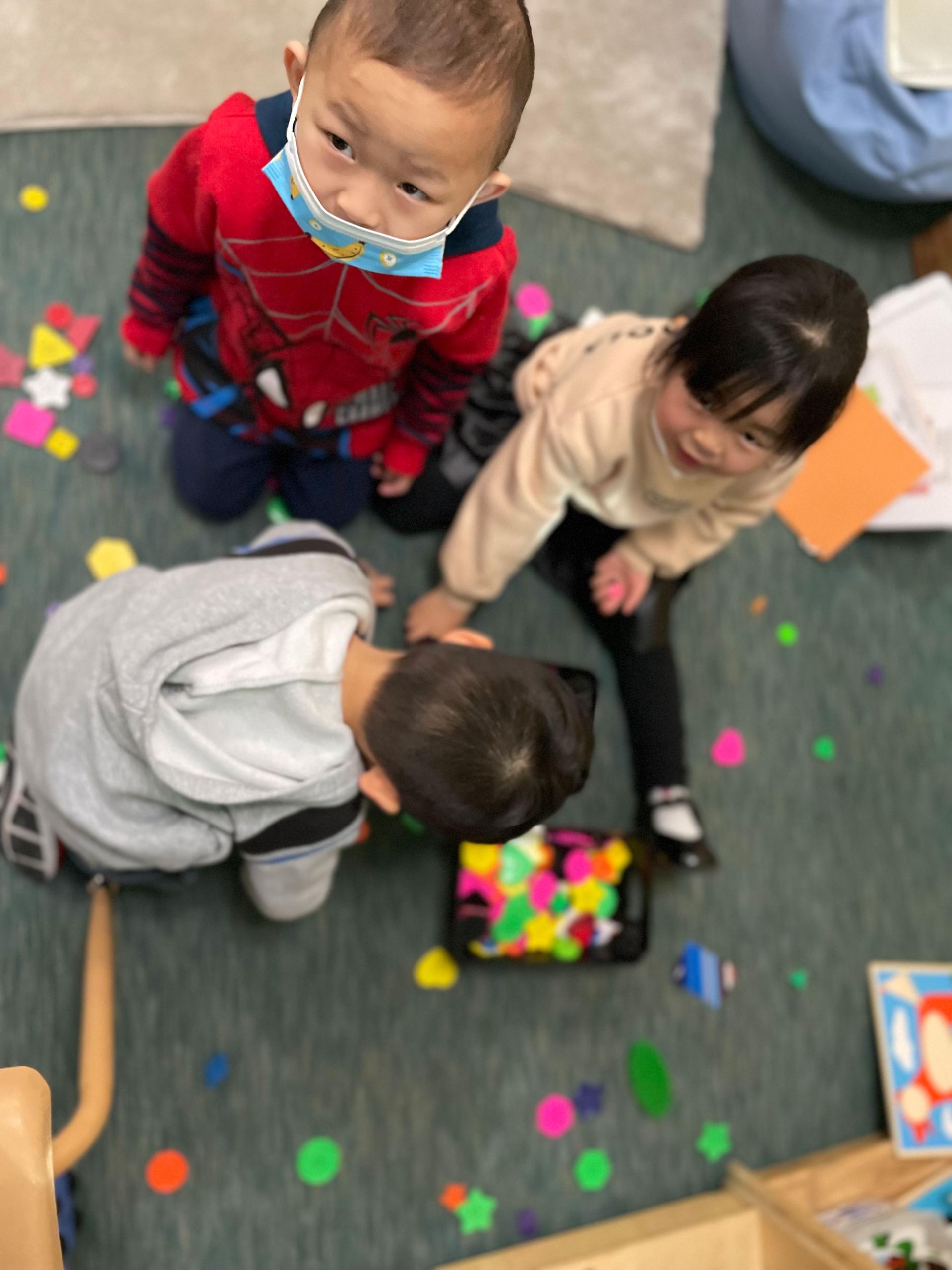
Shenying said that Caden didn’t seem to communicate and move like other kids did; he wouldn’t speak, and he’d bang his head against the wall.
“So, it was really difficult for me, and every time I saw these behaviors, it was really heartbreaking. I didn’t know how to do a lot,” Shenying said.
She soon learned her son had autism, but the process of lining up support services at school, including speech and physical therapy services, involved paperwork and wait lists of months to years, due to a backlog of requests after pandemic restrictions were lifted.
Shenying, with help from BCNC’s social workers, said she learned to navigate the process — and advocate for herself.
“I know that I have a right to file a complaint, to know my rights. BCNC helped me to understand this,” Shenying said. “In the past, I was really scared about everything, but right now, I think I’ve become more powerful, brave.”
She added: “I know that if something happens, I can ask for help and I know there will always be good people who can help.”
As for Caden, he has made progress since his diagnosis, she said, and there’s been one really big significant change. In the past, Caden would push his father away. He wasn’t very affectionate — but now, he loves to give hugs.
To listen to part two of this story, click on the audio player below.
This project was supported by a reporting fellowship from The Dart Center on Journalism and Trauma at Columbia Journalism School.
